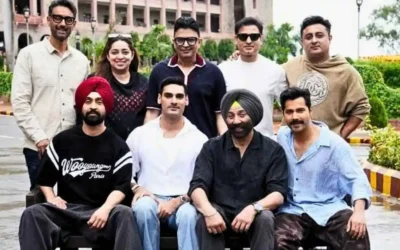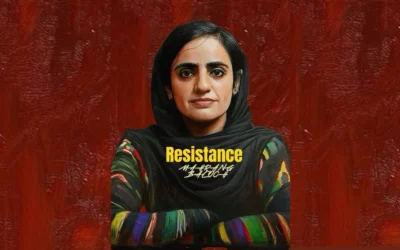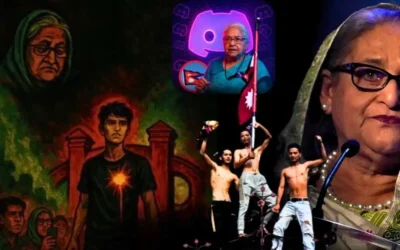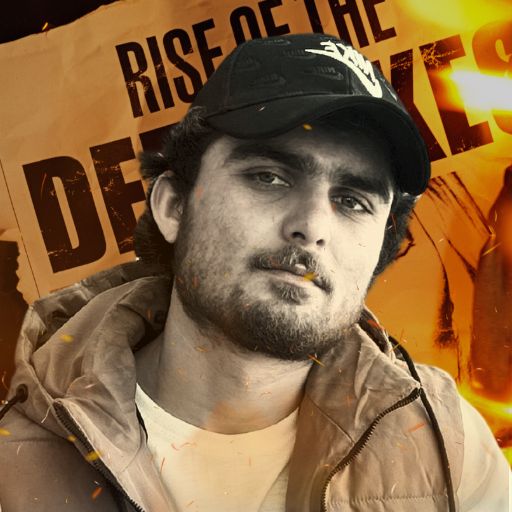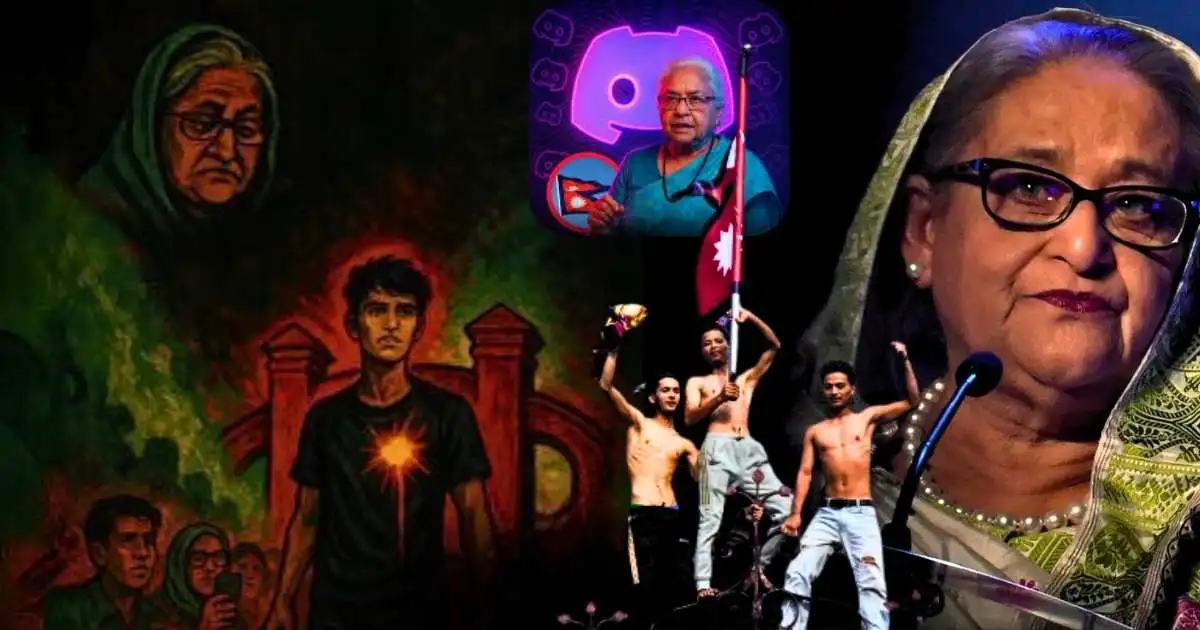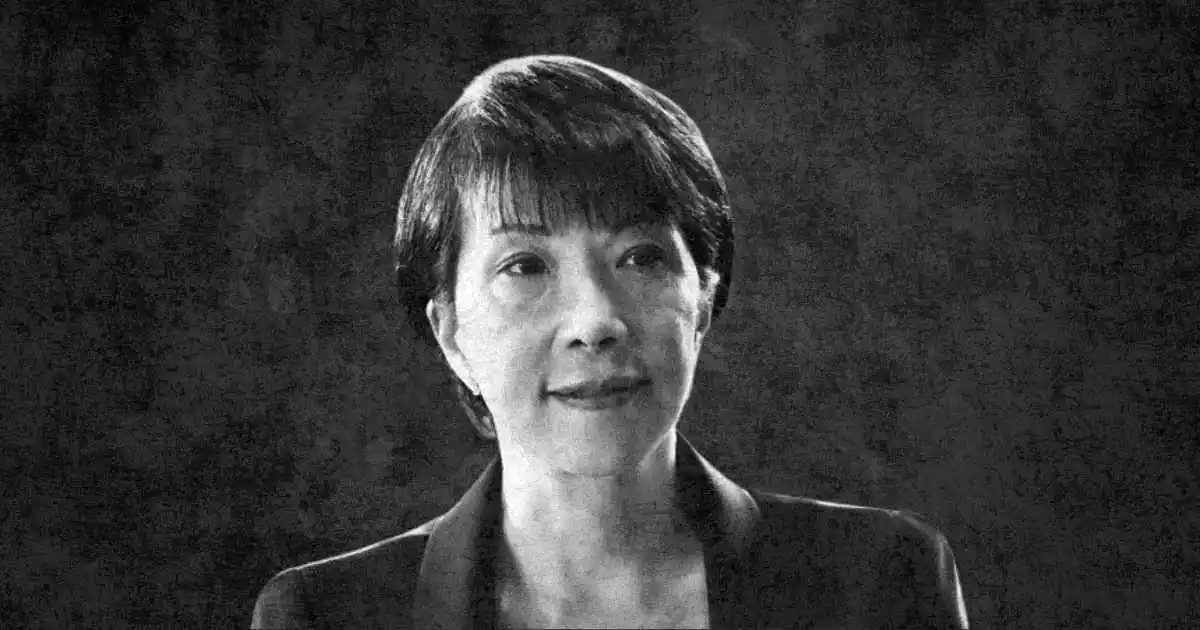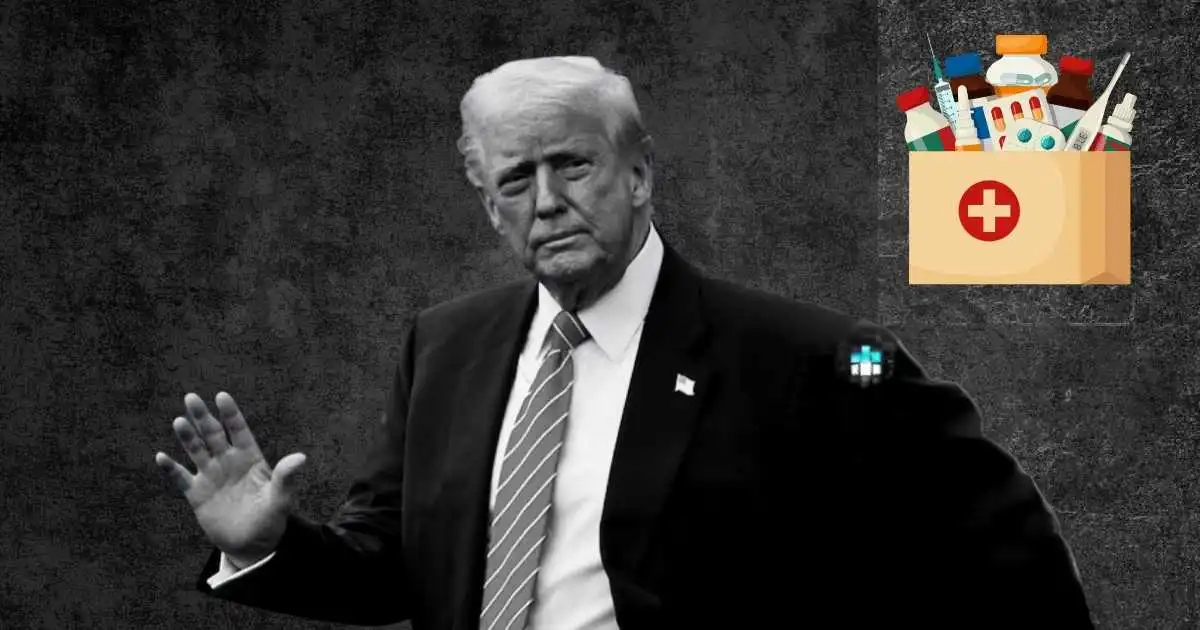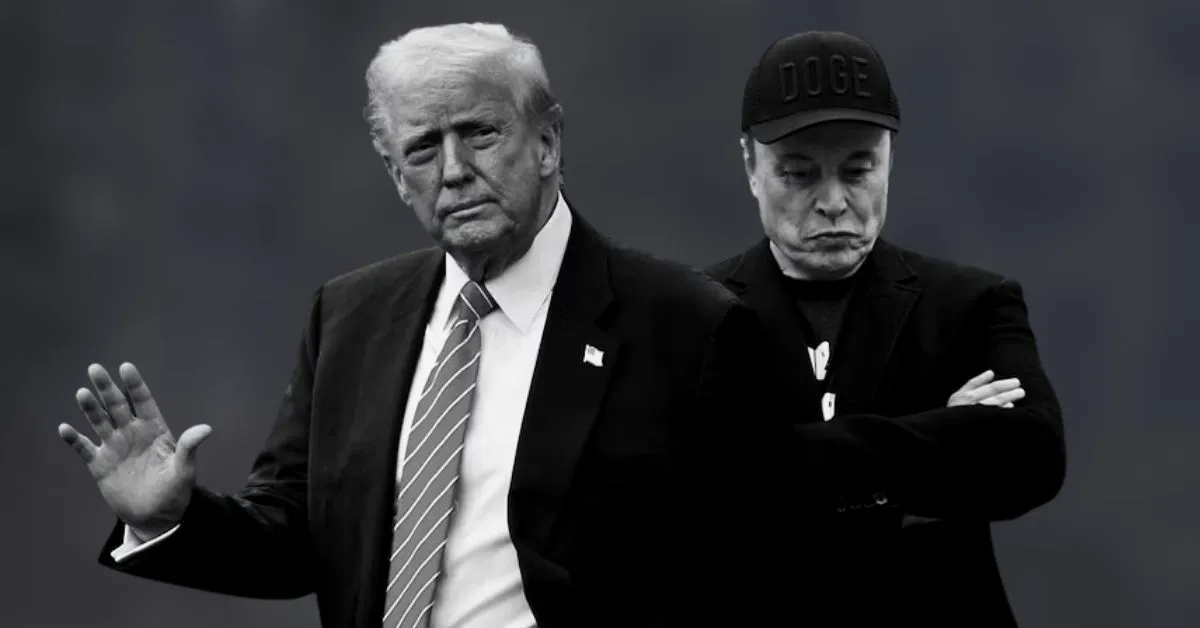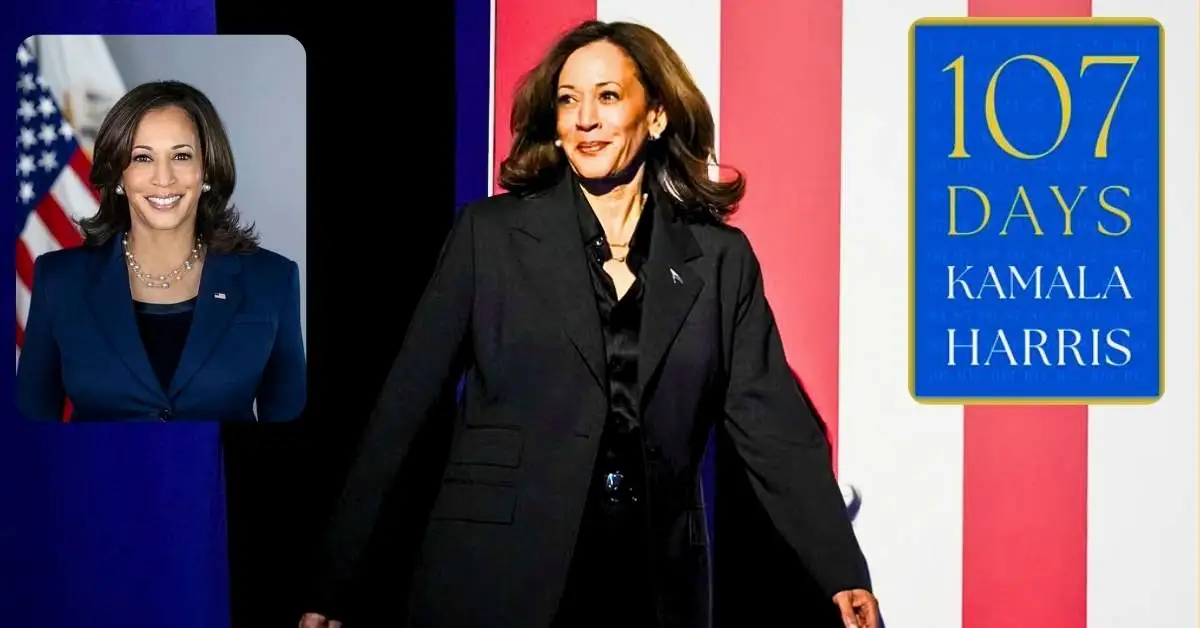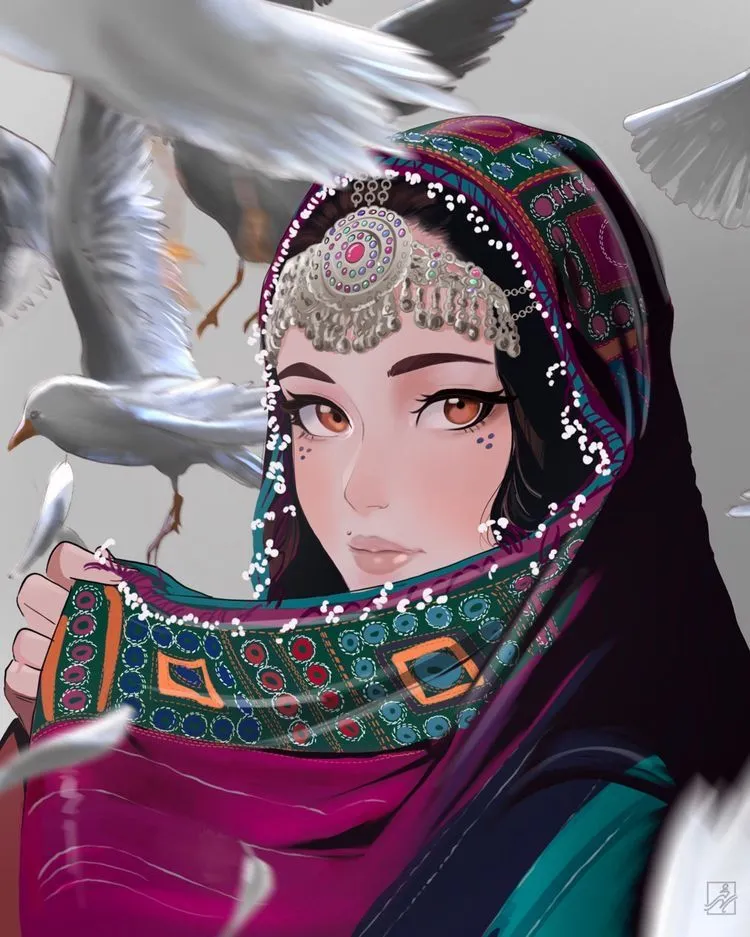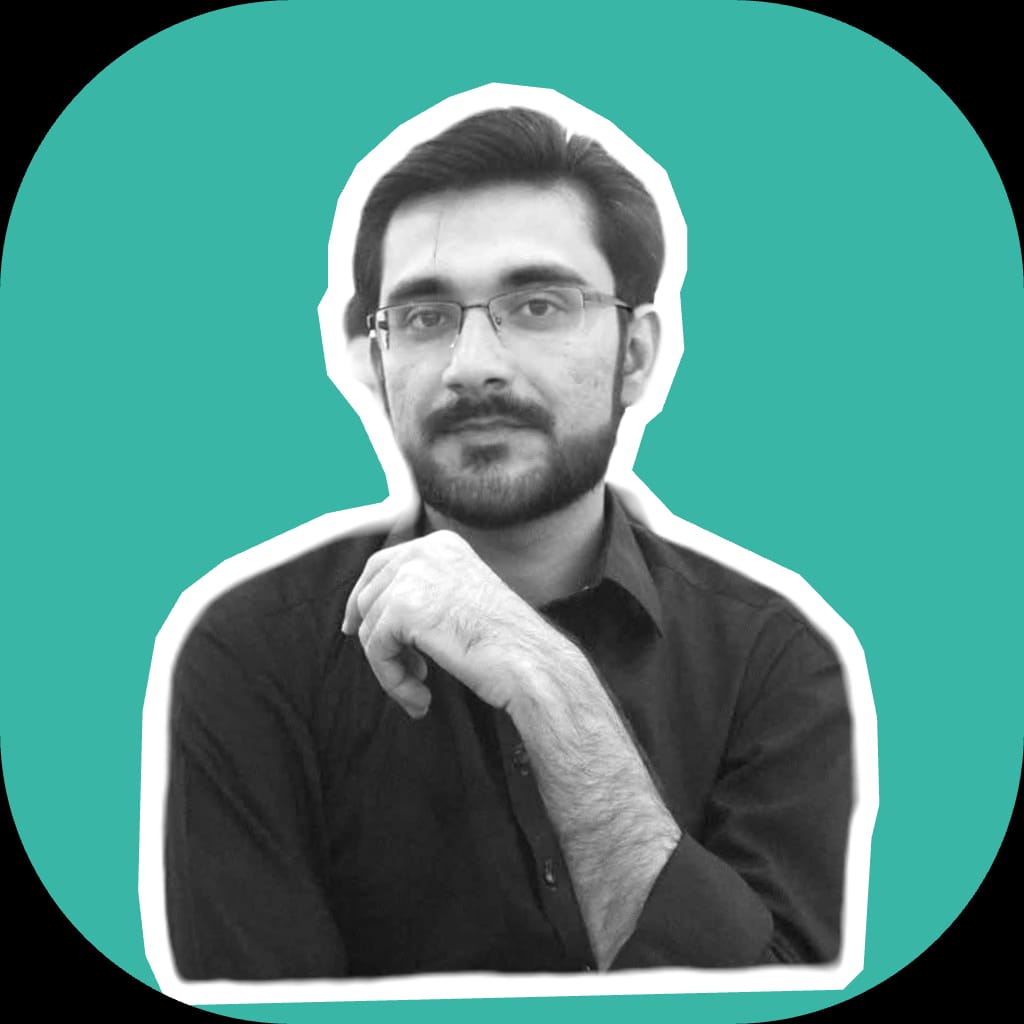In South Asia, politics no longer happens only on the streets. It occurs on mobile screens in Instagram Stories, Twitter threads, TikTok videos, and YouTube Shorts. At the heart of this transformation stands Generation Z, those born roughly between 1997 and 2012, the first true “digital natives.”
Over the past few years, young people in Sri Lanka, Bangladesh, and Nepal have demonstrated how the media, particularly social media, can spark genuine political change. Now, the question for Pakistan is simple yet profound: Can its Gen Z use media in the same way to push for accountability, reform, and democratic revival?
Sri Lanka: When a Hashtag Became a Revolution
In 2022, Sri Lanka faced one of its worst economic crises in decades. Fuel prices soared, inflation hit record highs, and essential goods became unaffordable.
What began as quiet frustration soon turned into a nationwide movement primarily led by students and young professionals. They didn’t start with banners or rallies. They began with hashtags.
The now-iconic #GoHomeGota campaign, demanding the resignation of then-President Gotabaya Rajapaksa, began online. A handful of university students created short videos and memes calling out government corruption and mismanagement. Within weeks, their digital protest spilled onto the streets.
Tens of thousands of people gathered outside the Presidential Secretariat. Videos of candlelight vigils, police clashes, and human chains flooded Twitter and TikTok. The pressure became so overwhelming that Rajapaksa eventually resigned.
This was not a traditional political movement. It was a media-driven uprising, powered by Wi-Fi and smartphones, that proved that a well-connected generation could challenge even the most powerful elites.
ALSO READ
The Gen Z Divide: A New Force in Elections
Bangladesh: Students Who Turned Anger into Digital Reform
In 2018, Dhaka experienced an unexpected surge in violence.
A road accident killed two school students, and what followed changed how Bangladesh’s youth engaged with politics.
Thousands of students flooded Facebook and Twitter with videos of unsafe buses, chaotic traffic, and the lack of accountability. They used social media to mobilize peacefully but powerfully.
Within days, they were on the streets, chanting for justice and reform.
The government initially dismissed it as “childish outrage.” But the campaign grew too large to ignore. The pressure worked: within weeks, Bangladesh introduced a new road safety law.
That moment showed something more profound: digital activism had replaced traditional gatekeeping media. Students didn’t wait for news channels to report the news. They became the reporters, editors, and amplifiers of the news. They used memes, vlogs, and visuals not just to express anger but to demand results.
Bangladesh’s youth have proven that the internet, when used with discipline and focus, can become a powerful democratic force.
Nepal: From Protests to Digital Democracy
Nepal’s youth have taken a slightly different route. Instead of just protests, they’ve used social media as a tool for civic dialogue.
The #EnoughIsEnough campaign, launched in 2020, highlighted corruption, healthcare failures, and environmental neglect. A party or organization didn’t lead it; it was led by students, doctors, and digital creators who wanted transparency.
They didn’t rely on shouting slogans; they published infographics, hosted online discussions, and started podcasts that questioned public policies. This is where Nepal’s Gen Z stands out; they’re not asking for revolution, but instead for accountability. Their model of “issue-based activism” is now influencing how youth movements form across South Asia.
ALSO READ
Why Pakistan Education System Will Never Make You Rich
Pakistan: Standing on the Edge of Change
Now, let’s come home.
Pakistan’s Generation Z is more connected than ever.
According to Pulse Consultants’ 2023 report, 99% of educated Gen Z youth regularly use the internet. Men spend an average of 3 hours online daily, and women about 2.8 hours. However, here’s the key: the internet is no longer just a source of entertainment. It’s education, expression, and empowerment.
From Karachi to Multan to Gilgit, young Pakistanis are learning, working, and debating online.
They are not apolitical, they’re just differently political. They no longer trust old slogans or party loyalties. They care about issues such as education, inflation, women’s safety, and employment.
A student from Islamabad put it:
“I don’t trust any politician. I trust data, facts, and people who show the truth on YouTube.”
This is a quiet but powerful transformation from emotional politics to evidence-based digital discourse.
Old Media vs. New Media
Turn on Pakistani television and you’ll find the same talking heads, shouting about the same issues.
Meanwhile, on TikTok, Twitter, and YouTube, a completely different conversation is happening run by young people who refuse to be silenced.
- Memes have become the new satire.
- Short videos replace long speeches.
- Twitter Spaces and podcasts have replaced press clubs
Traditional media speaks to people.
Social media speaks with them.
A 19-year-old from Lahore summed it up:
“TV fights for ratings. We fight for facts.”
That difference between performance and participation defines today’s media generation.
The Dual Reality: Freedom and Fear
Still, the digital world isn’t a perfect space.
Freedom comes with fear.
According to the same Pulse report, 70% of Pakistani Gen Z say they feel unsafe online.
Women report harassment, bullying, and trolling on almost every platform. Many fear being hacked or having their privacy violated.
So, while social media has empowered young people, it has also exposed them to a new kind of vulnerability: digital insecurity.
The challenge for Gen Z, therefore, is twofold:
- Use media as a tool of awareness and activism.
- Protect themselves from the toxicity and manipulation it brings.
Balancing those two realities is what makes Gen Z distinct from every generation that came before it.
A New Shape of Political Participation
Unlike previous generations, Gen Z doesn’t view politics as simply voting or attending a rally. They see it as daily participation through posts, discussions, and petitions.
Movements like the Aurat March, the Students’ Solidarity Movement, and Climate Action Pakistan are living examples. They began online through hashtags and Instagram posts and soon turned into large public gatherings.
At the Aurat March, many women said they joined after seeing supportive stories on social media.
During the student movement, memes and posters spread faster than pamphlets ever could. These are not random trends. They are digital revolutions, rooted in real-life struggles.
The Problem of Digital Trust
However, with digital empowerment comes a serious issue: misinformation.
The line between truth and propaganda has blurred.
Fake news campaigns, bot accounts, and algorithmic manipulation are standard tools in political battles.
Many trends are artificially pushed to shape public opinion.
That’s why media literacy has become essential.
Gen Z must learn that activism isn’t just about posting or sharing; it’s about verifying information before sharing. Real digital activism is not about outrage; it’s about informed action.
Three Faces of Pakistani Gen Z
Pakistan’s young population isn’t uniform. It can be divided into three broad groups:
- Urban Digital Class – University students and professionals fluent in English and Urdu, active on Instagram, YouTube, and Twitter.
- Semi-Urban Class – Youth from smaller towns using smartphones to participate in digital debates, even with limited access.
- Rural Class – Still connected to TV and radio but rapidly shifting to TikTok and YouTube due to cheaper mobile data.
What connects them all is the mobile internet.
As connectivity expands, so does awareness and so does political participation.
Can Pakistani Gen Z Really Drive Change?
If we take lessons from Sri Lanka, Bangladesh, and Nepal, the answer is: Yes, but in their own way. Pakistan’s Gen Z doesn’t need to copy others. It needs to adapt those lessons to its reality.
Signs of hope are visible:
- Political awareness is growing.
- Young journalists are using YouTube to do real reporting.
- Women, minorities, and marginalized groups are telling their own stories online.
It’s slow, but steady, and it’s happening outside the old power structures.
The Economic and Social Context
Political consciousness can’t be separated from economics.
Unemployment, inflation, and inequality directly shape how young people engage.
Many students say they care about politics but don’t “believe in politicians.” They see politics as a locked system, one that ignores people with low incomes and favors the elite.
In such a scenario, social media becomes their outlet, a space where they can speak without permission.
That’s how digital dissent is born when real-life silence gives way to an online voice.
Universities as the New Political Spaces
Campuses across Pakistan are quietly becoming hubs of new-age politics.
Students run podcasts, newsletters, and discussion panels. They create infographics, run online polls, and debate policies.
Instead of angry protests, they prefer structured arguments.
They don’t break windows; they break narratives.
This is not the politics of rebellion; it’s the politics of reason, a movement rooted in intellect, not impulse.
Lessons Pakistan Can Learn from Its Neighbors
From each of its South Asian neighbors, Pakistan’s youth can draw valuable lessons:
- From Sri Lanka: Unity above identity.
When protests rise above ethnicity, language, or religion, they become unstoppable. - From Bangladesh: Discipline in digital activism.
Every post and tweet carries power; using it responsibly builds credibility. - From Nepal: Issue-based politics.
Move beyond personalities and focus on problems that affect everyone: healthcare, education, corruption, and climate.
If Pakistan’s Gen Z can combine these three principles, they can turn media from a distraction into a tool of transformation.
Today’s young Pakistanis have more power in their hands than any previous generation.
A smartphone is their newspaper, their megaphone, their classroom, and their protest sign.
They may not always agree with each other, but they share one common desire to be heard.
They are not waiting for politicians to give them a voice; they are building their own platforms.
The shift is clear
They no longer shout slogans. They ask questions.
They no longer wait for leaders. They lead conversations.
They no longer consume media. They create it.
The next chapter of Pakistan’s politics may not begin in parliament; it may start in a dorm room, a TikTok video, or a trending hashtag.
This is not the end of politics.
It’s the redefinition of it by a generation that believes change starts with speaking up. And if history is any guide, that voice, the voice of Gen Z, might be the loudest one yet.
My name is Farhad Dawar and I am graduate of the Institute of Media and Communication Studies Bahaddin Zakariya University Multan Pakistan. I’m passionate about journalism and media, and I believe in journalism of courage, uncovering the truth, and shaping the future.

